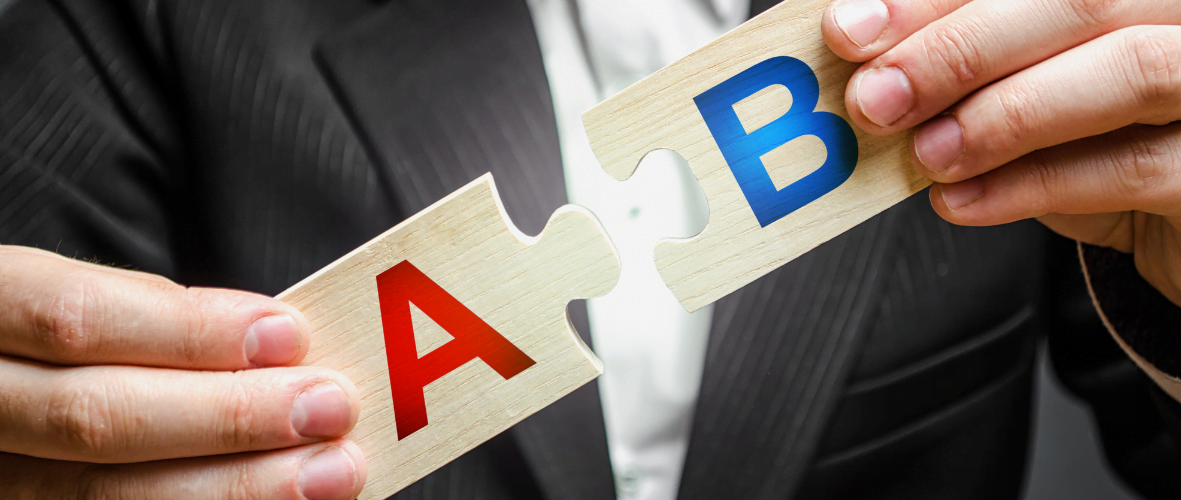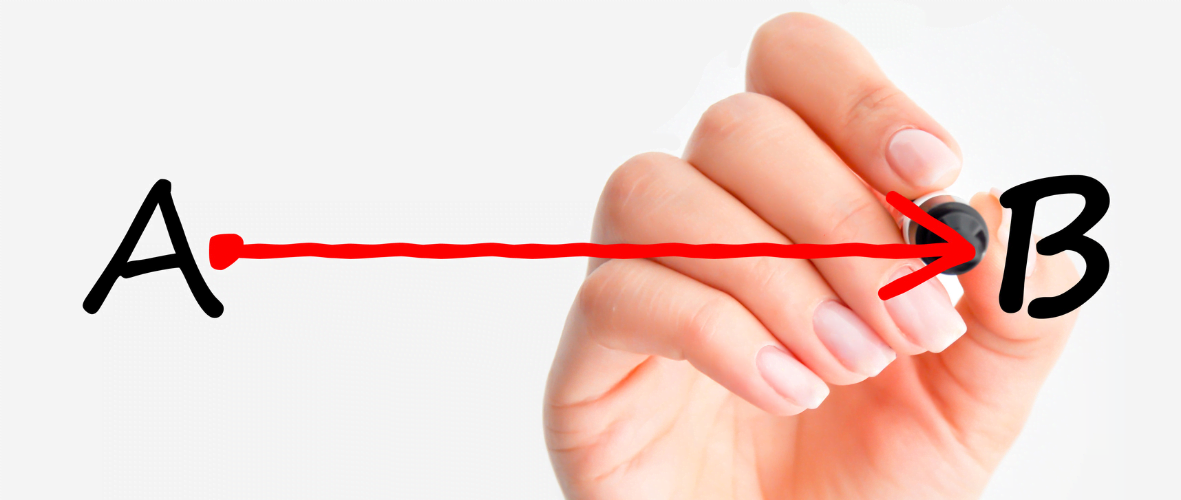The Role of A/B Testing in Forex Affiliate Marketing

Forex affiliate marketing is a game of numbers, strategy, and optimization. You can drive all the traffic in the world to your affiliate links, but if your conversions are weak, you're leaving money on the table. That’s where A/B testing in Forex affiliate marketing comes into play.
A/B testing (also known as split testing) is the secret weapon smart affiliates use to tweak their landing pages, CTAs, email campaigns, and ad creatives for maximum performance. It’s not just about guessing what works—it’s about data-driven decisions that fuel higher conversions and, ultimately, more commissions.
But how does A/B testing actually work in the world of Forex affiliate marketing?
What Is A/B Testing in Forex Affiliate Marketing?
At its core, A/B testing is a comparison experiment between two versions of a webpage, email, ad, or any other marketing element. The goal? To figure out which version performs better based on key metrics like conversion rates, click-through rates (CTR), and user engagement.
Forex affiliate marketing is highly competitive, and even small tweaks can make a huge difference in how well your campaigns convert. Here are some areas where A/B testing is commonly applied:
- Landing Pages – Testing different headlines, images, and layouts to see which drives more sign-ups.
- Call-to-Action (CTA) Buttons – Experimenting with different colors, wording, and placements.
- Ad Creatives – Trying out various ad copies, designs, and formats to improve CTR.
- Email Campaigns – Testing subject lines, email structures, and sending times for higher open rates.
Why A/B Testing is Important in Forex Affiliate Marketing
1. Maximizing Conversions
Forex traders are extremely data-driven people. If your landing page doesn't resonate with them, they’ll bounce faster than a bad trade. A/B testing lets you fine-tune every element to increase conversions and ensure you're not wasting traffic.
2. Reducing Wasted Ad Spend
If you're running paid ads to promote Forex broker affiliate programs, every click costs money. Without testing, you might be burning cash on ads that aren’t optimized. A/B testing helps you find the most cost-effective version of your ads.
3. Understanding Your Audience
Forex traders come from different backgrounds—some are beginners, others are seasoned pros. A/B testing helps you understand what resonates with each segment, allowing you to personalize your messaging more effectively.
4. Staying Ahead of the Competition
Forex affiliate marketing is cutthroat. If your competitors are testing and optimizing while you’re relying on guesswork, you’ll fall behind. A/B testing keeps you one step ahead in the game.
How to Set Up an A/B Test in Forex Affiliate Marketing
A/B testing isn’t just about randomly changing things—it requires a structured approach. Here’s how to do it right:
Step 1: Identify What to Test
You can’t test everything at once, so focus on one element at a time. Some key things to test include:
- Headlines – Does a benefits-driven headline work better than a stats-driven one?
- CTA Buttons – Do traders respond better to "Start Trading Now" or "Get a Free Demo"?
- Landing Page Layouts – Does a single-column design convert better than a multi-section layout?
- Ad Creatives – Which ad copy gets more clicks?
Step 2: Create Two Variations
Make sure you only change one variable between the two versions. For example, if you’re testing a headline, keep everything else the same so you can accurately measure the impact of that specific change.
Step 3: Split Traffic Evenly
Send half of your traffic to Version A and the other half to Version B. Most A/B testing platforms (Google Optimize, Optimizely, VWO) handle this automatically.
Step 4: Analyze the Results
Look at key metrics such as:
- Conversion Rate – Which version led to more sign-ups or trades?
- CTR – Which ad got more clicks?
- Bounce Rate – Did one version keep users engaged longer?
Step 5: Implement the Winner & Test Again
Once you find the winning variation, implement it permanently—but don’t stop there. There’s always something new to optimize!
Common A/B Testing Mistakes to Avoid

Even experienced Forex affiliates can mess up A/B testing. Here are some mistakes to watch out for:
- Testing Too Many Variables at Once – Stick to one change per test to get clear results.
- Not Running the Test Long Enough – Give it enough time to gather statistically significant data.
- Ignoring Mobile Users – Many Forex traders use mobile devices, so always test on both desktop and mobile.
- Not Segmenting Traffic – A/B test results can vary between new vs. returning visitors—track them separately.
Best Tools for A/B Testing in Forex Affiliate Marketing
There are plenty of tools that make A/B testing easier. Here are some of the best:
- Google Optimize – Free and integrates with Google Analytics.
- VWO (Visual Website Optimizer) – Great for testing landing pages.
- Optimizely – Advanced A/B testing with AI-driven insights.
- Crazy Egg – Tracks heatmaps and scroll behavior.
- Unbounce – Perfect for testing different landing page variations.
How A/B Testing Boosts Forex Affiliate Earnings
Let’s say you run a Forex affiliate blog and promote a broker’s sign-up offer. Initially, your landing page has a weak 2% conversion rate.
You decide to A/B test two new versions:
- Version A – A new CTA: "Claim Your $100 Bonus Now!"
- Version B – A new headline: "Trade Like a Pro—Start with a Free Demo!"
After two weeks, you analyze results:
- Version A’s CTA increased conversions to 3.5%
- Version B’s headline increased conversions to 4.2%
By implementing Version B, you more than doubled your commissions!
Conclusion
A/B Testing in Forex affiliate marketing is not optional—it’s a necessity. If you’re serious about maximizing conversions, reducing ad spend, and outpacing the competition, you need to start testing.
From landing pages to CTAs and ad creatives, every small tweak can lead to big gains. The key is to approach A/B testing methodically, track your data, and continuously optimize.
FAQs
1. How long should I run an A/B test?
You should run an A/B test until you collect enough data for a statistically significant result. Typically, this takes one to two weeks, depending on traffic.
2. Can I A/B test multiple elements at once?
It’s best to test one element at a time to get clear results. If you test multiple changes together, you won’t know what actually caused the difference.
3. What’s the best A/B testing tool for beginners?
Google Optimize is a great free option for beginners, while VWO and Optimizely offer more advanced features.
4. Does A/B testing work for email marketing in Forex affiliates?
Absolutely! You can test subject lines, email copy, and CTA buttons to boost open rates and conversions.
5. How do I know if my A/B test results are reliable?
Use statistical significance calculators (like those in Google Optimize) to ensure your results aren’t due to random chance.



